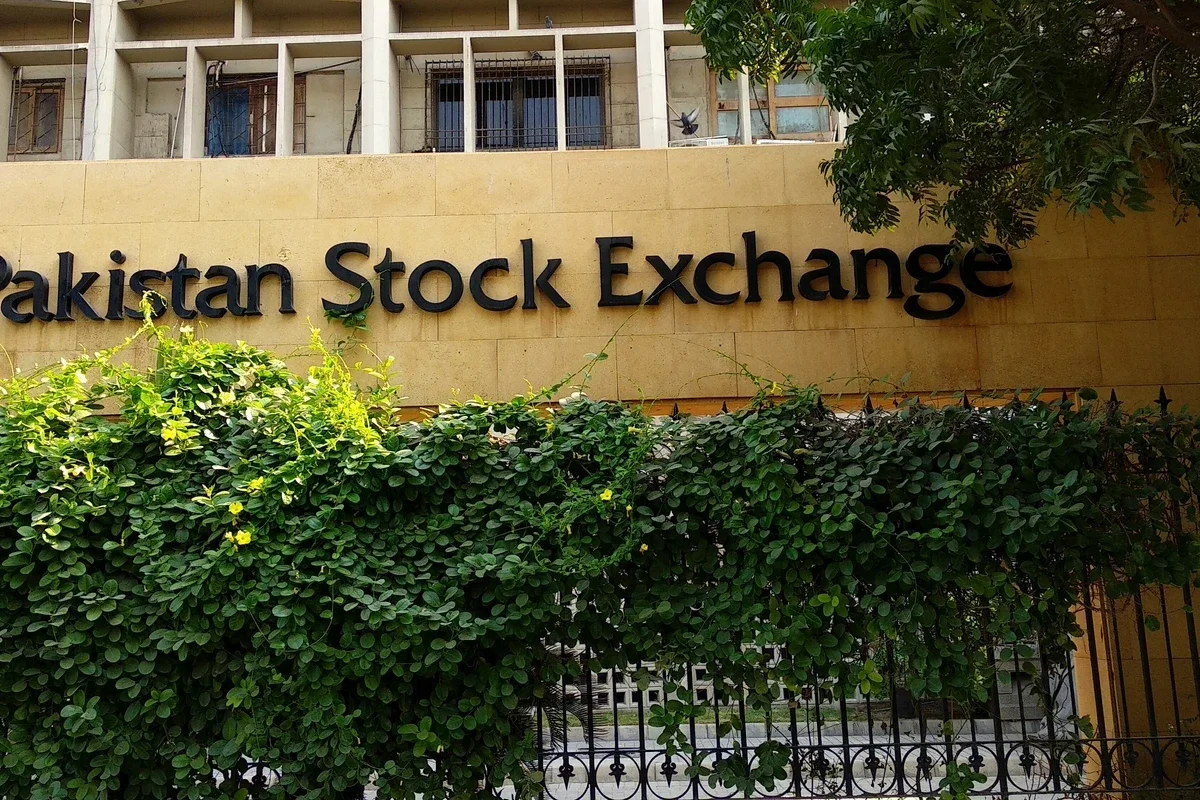Despite broad-based sell-off, many Pakistani companies offer attractive valuations, high dividends
Analyst says market provides a favorable entry point for those willing to look beyond short-term noise

Haris Zamir
Business Editor
Experience of almost 33 years where started the journey of financial journalism from Business Recorder in 1992. From 2006 onwards attached with Television Media worked at Sun Tv, Dawn Tv, Geo Tv and Dunya Tv. During the period also worked as a stringer for Bloomberg for seven years and Dow Jones for five years. Also wrote articles for several highly acclaimed periodicals like the Newsline, Pakistan Gulf Economist and Money Matters (The News publications)

The Pakistan Stock Exchange has taken quite a battering recently amid a technical correction and rising tensions with India, shedding more than 4,000 points during intraday trade at one point.
Since April 22, the benchmark KSE-100 index has lost 7,891 points or 6.6% — despite climbing to a record high in between — with its market capitalization eroding by nearly PKR 970 billion.
A quick glance at the KSE-30 index shows companies shed weight in the range of 6% to 43%. Engro Holdings lost the most and was down by 43%, Mari Energies 34%, Engro Fertilizer 33%, Attock Refinery 30%, Pakistan Petroleum 30%, Pakistan State Oil 24%, United Bank 22%, Habib Bank 19%, and Oil & Gas Development Company 16%.
However, despite dull performance in April, Pakistan’s performance coincides with most of the Asian markets which are down 0.7-5.4% following the U.S. imposition of tariffs, which affected global sentiments. And many of the companies mentioned above offer attractive valuations and high dividend yields.
The dividend yields of the market have been worked out to be 8-9% while several companies are surpassing the coveted level and offering yields in double digits.
According to the data provided by Ismail Iqbal Securities, Engro Fertilizer is offering a dividend yield of 14.9%, Pakistan Oilfields and MCB Bank 14% each, Fauji Fertilizer and Bank Al Habib 13% each, Habib Bank 12%, Meezan Bank 11%, United Bank 10%, and Hubco and OGDC 8% each.
Saad Hanif, head of research at Ismail Iqbal Securities, said that the sharp rise in dividend yields, coupled with attractive valuations across several fundamentally strong stocks, signals a favorable entry point for those willing to look beyond short-term noise.
History has shown that the PSX often rebounds strongly once uncertainty clears, and with yields now at multi-year highs in several key sectors, the risk-reward profile is becoming increasingly attractive. As clarity emerges on policy direction and geopolitical tensions ease, the current environment could pave the way for a healthy recovery driven by value and yield led rotation, he added.
“Amid strained Pak-India relations and U.S. tariff war, few sectors outperformed the broader index — several sectors including commercial banks (rallied by 2.6%) and auto assemblers (1.4%) posted impressive earnings growth of 20% and 81% in their March quarter,” said Farhan Mehmood, head of research at Sherman Securities.
Although earnings of the cement sector remained almost flat, the sector outperformed the benchmark index by posting a gain of 2.3% mainly due to outperformance by Lucky Cement after excitement of stock-split and impressive results.
On the flip side, Mehmood said that the energy sector plunged 14% compared with the last month as declining international oil prices posed concerns in the short-term, including inventory losses. This is evident by their recent March quarter results in which earnings of the sector fell by 4% which triggered selling pressure on top of unfavorable news from regional and global corners.
In the energy sector, refineries plummeted by 19%, followed by E&Ps (14.7%), OGMCs (10.5%), and power generation (8.3%).
Similarly, the fertilizer and pharma sector, which is insulated from external shocks, saw a huge decline of 10% each compared to the previous month. This is due to sharp erosion in their quarterly earnings.










Comments
See what people are discussing